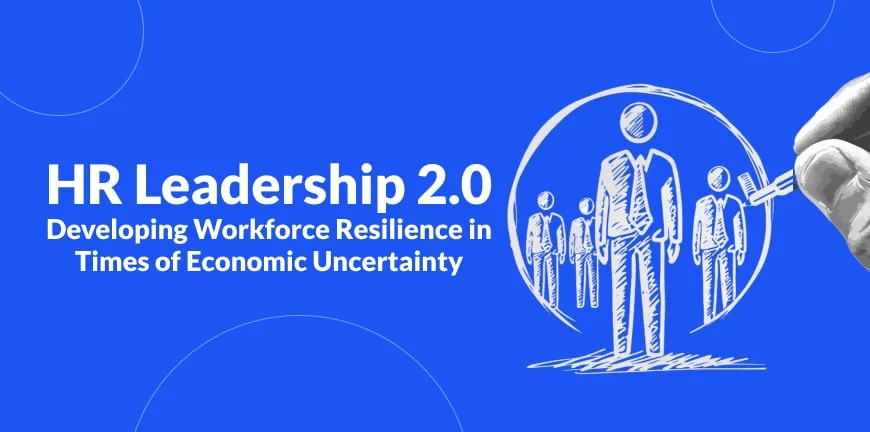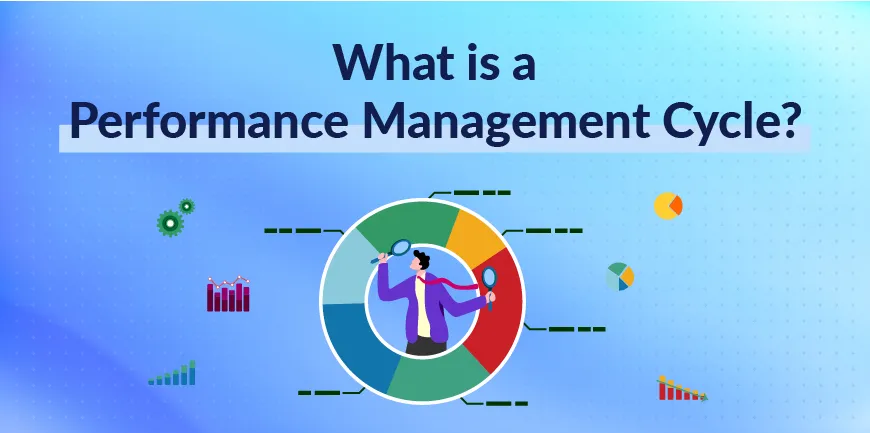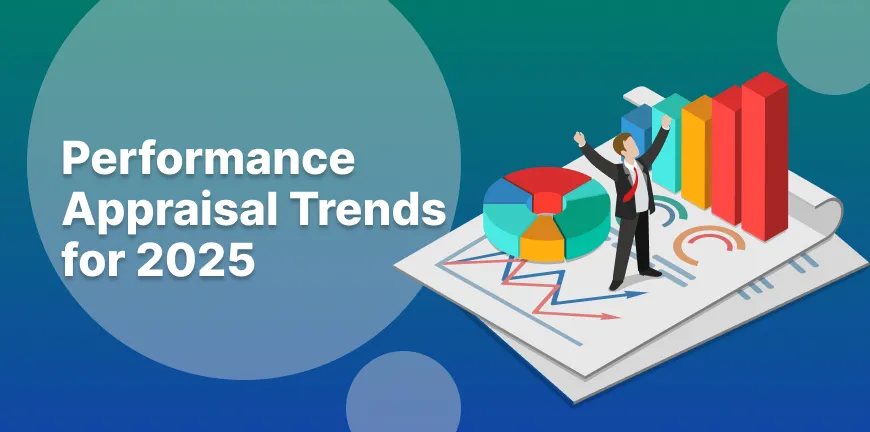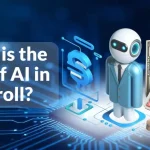
What is the Role of AI in Payroll?
18/07/2025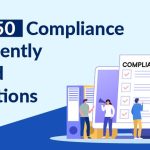
Top 50 Compliance Frequently Asked Questions
21/07/2025The old HR playbook in today’s super-fast and turbulent economic landscape is outdated, where factors like inflation, global supply chain disturbance, talent dearth, and advanced technologies like AI shape the market. Traditional HR models struggle to keep pace with the rapid changes and complexities of evolving economic patterns. It is time to put old habits to rest and recharge the HR structure with a reckoning force.
This is the time when HR Leadership 2.0 makes a grand entry: It is a rethought-out approach to human resource leadership that makes resilience the lifeline of workforce strategy. The model is people-focused, emphasizing aspects like mental health, transparency, emotional intelligence, skills, and adaptability. Gone are the days when HR departments and leaders solely focused on cost efficiency or talent acquisition. It is time to move forward with the new wave of HR leadership.
Why Workforce Resilience Matters Today
Economic uncertainty is not a momentary situation; it is here to stay, and businesses will feel the hit daily with constant market ups and downs, altering laws, socio-political disruptions, and technological upheavals. Employees might feel threatened with their anxiety levels peaking, fear of losing their job, and exhaustion. Meanwhile, organizations face disengagement within teams, minimal productivity, and a rise in attrition.
Workforce resilience refers to the individuals at par with their teams to the ability of individuals and teams to weather challenges, adapt to, and grow to unfold into a critical strategic asset. Companies that integrate and nurture resilience are more likely to:
- Retain qualified talent
- Adjust to market changes faster
- Cultivate a culture of innovation
- Recover from crises quicker
The Evolution: From HR 1.0 to HR 2.0
HR 1.0 (Traditional) |
HR 2.0 (Resilience-Focused) |
| Task- and policy-oriented | Strategy- and people-oriented |
| Hiring and firing as the main levers | Talent mobility, development, and engagement |
| Transactional communication | Transparent, empathetic leadership |
| Periodic training | Continuous learning & growth culture |
| Static job roles | Dynamic skills-based work models |
Key Pillars of HR Leadership 2.0
1. Building Psychological Safety & Well-Being
Resilient manpower emerges from the foundation of trust. Psychological safety is a tool that will enable employees to come out of their cocoon of fear and doubt to freely speak, commit errors, and share their concerns and grievances without inhibitions.
It is always a good idea for HR leadership to initiate open dialogue related to myriad challenges and mental well-being. Managers must be trained aggressively in active listening and compassionate leadership. Another great way to make individuals aware of mental and emotional health is to offer guidance sessions, wellness assistance, and flexible work modes. Organizations must make efforts to make stress checks a part of the routine, normalizing mental health days.
2. Nurturing a Culture of Constant Learning and Skill Adjustment
Organizations that are smart and agile know the importance of upgrading skills in this era of uncertainty and volatility. The wise move to make is to invest in creating a strong foundation of internal capabilities, making the future foolproof.
Businesses can introduce learning platforms and personalized career programs. They can also promote interdepartmental activities through an internal mobility program. The integration of AI and digital tools, enabling micro-learning and certifications, is also a good upskilling method.
3. Blending Stability and Agility
A new term has been coined, and it is the best of both worlds. It is called stagility. It is a combination of stability and agility, and companies are crafting systems based on it as it can offer security and flexibility. Employees seek long-term assurance and not just temporary changes when a situation is vulnerable.
To ensure a stable environment, organizations must build job structures that evolve with changing times and demand. They must strike a balance between freelance/contract staffing and robust core teams. They must review their workforce plans quarterly, not annually. Resilience teaches us to be prepared to face obstacles and sudden changes, or setbacks not to wait for the problem to get out of hand.
4. Transparent, Ethical, and Empathetic Leadership
The best way HR leaders can guide a team is not just to impose and implement decisions, but first give them clarity about the decision, explaining it thoroughly and compassionately. To establish a transparent leadership system, they must start briefing and sharing with employees early indications of industry trends and the response of the organization towards them.
It is always a better option to be honest about challenges while strengthening a shared purpose. Many individuals are wary about handling automation and AI, so HR leaders must address the fears by involving employees in the transformation.
5. Technology is an Initiator, not a Threat.
The advent of AI and automation has turned a new leaf and has been a powerful tool in transforming industries across the country. It has impacted human resource development in a big way as well. While many might see it as a threat, the fact is that it is nothing to be afraid of, as these technologies offer a plethora of opportunities to channel human energy to more productive work. It is up to the HR 2.0 leaders to use technology to their benefit and enhance it as per the situation and requirements and not totally replace the human experience.
Technology can be used in the prediction of burnout and disengagement amongst employees and teams. It also helps in the hiring process and retention by enabling data-focused decisions, giving it a practical approach. Tech tools can also help in delivering real-time learning suggestions. It can uplift DE&I by eliminating bias in the talent pool.
6. Measuring What Matters
Resilience in manpower is not some vague concept. It is measurable with the help of distinct metrics that offer cognizance of the level of agility, engagement, and future-readiness of the people. Here are some of the key indicators:
7. Internal Mobility Rate
This measure can provide organizations with suggestions about how frequently their employees are switching to new roles within the organization, laterally or vertically. If the mobility rate is high, then it signals that the resilient culture respects adaptability and career growth.
It also reflects the mindset of employees, where they are willing to take risks and chances and wish to remain within the organization during changing scenarios, instead of quitting. Tracking of internal mobility rate diminishes recruitment expenses and enhances institutional knowledge retention. The method can also track promotions, transfers, and project-based role changes.
8. Attrition Rate Tracking
Monitoring attrition is a standard practice, but focusing on vital roles provides a definitive take on organizational resilience. It is a significant approach, and it matters as a big turnover in high-priority roles like engineering, leadership, sales, operations, etc, depicts volatility.
A stable retention rate in these areas suggests that an organization can withstand disruption without losing impetus. Organizations must define the roles that are critical for their business and track individuals who are exiting voluntarily vs. involuntary .
9. Upskilling & Learning Hours per Employee
This metric is for measuring the amount of time employees dedicate to formal and informal learning. This is important as a resilient labour force is in the process of continuous learning and adapting.
The learning hours are related to how engaging they are, their willingness to accept innovation, and how prepared they are for future challenges or technological advancements.HR leaders can measure it by tracking the participation of employees in internal training, certifications, skilling programs across departments, and self-help learning platforms.
10. Employee Mental Health & Psychological Security
It is imperative that employees feel safe and valued in a work landscape, and these metrics analyse how safe they feel. A work environment that cultivates a structure where individuals can voice their opinions, speak up against norms is a place that turns out to be more creative and adaptive. An environment where people are discontent and emotionally disturbed is a stage set for frustration, disengagement, or corrosion of the workforce.
There are various ways and tools that HR leaders can utilize to check employee moods and emotions. They can use pulse surveys, feedback tools, manager check-ins, etc, to measure trust levels and self-esteem. There must be an increased focus on inclusion, fair workload distribution, and team spirit.
All these indicators individually have something important to unleash and combining them all presents a picture of organizational resilience, establishing whether people belonging to the organization have the support, adaptability, and drive to flourish during constant change.
Snapshot of 2025 Workforce Trends
| Metric | 2025 Snapshot |
| Employees seeking mental health support | 81% |
| Burnout reduction due to resilience programs | 50% |
| Employees feel both adaptable and resilient | 23% |
| Employers are prioritizing new skills | 70% |
| Projected shift in core job skills by 2030 | 39% |
| Companies investing in AI-related hiring | 66% |
| Employers with DEI initiatives | 83% |
| Organizations offering strategic reskilling | 50% |
Redefining HR Leadership for an Unpredictable Future
HR Leadership 2.0 is about limitless possibilities, about people and teams uniting, aiming for purpose. During times of an economic storm, companies with robust and resilient manpower will not just weather it, but lead.
Pioneering a culture of support, adaptability, employee welfare, facilitating non-stop growth, and moving ahead with transparency is what HR leadership is all about. HR can anchor stability and be the initiator of change, rising above uncertainty scenarios, taking full control.

